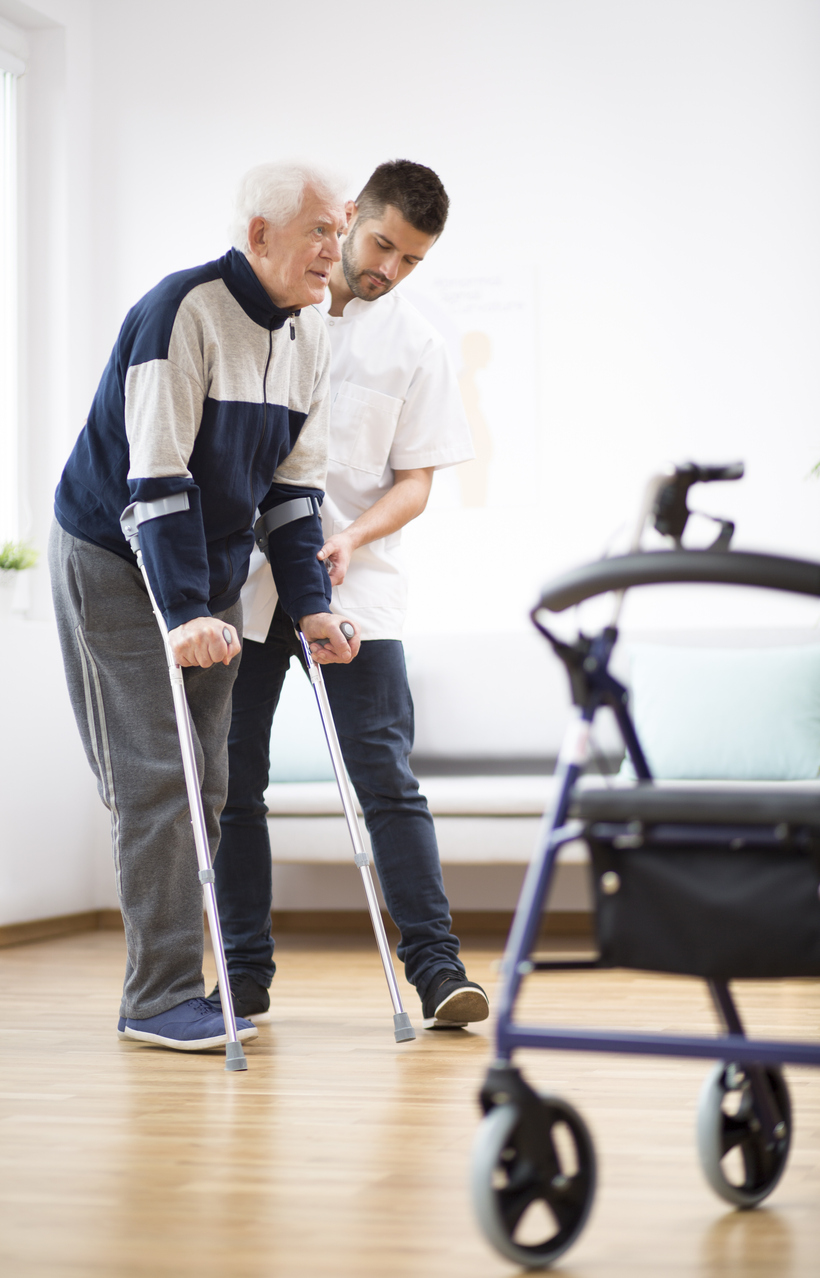Stroke is a debilitating neurological condition that affects millions of people around the world. It occurs when there is an interruption in blood flow to the brain, leading to damage to brain cells and, consequently, loss of function in various parts of the body. Stroke patients often experience difficulty with movement, balance, and coordination, making it challenging to carry out everyday activities independently. However, with advancements in technology, robotic rehabilitation has emerged as a promising approach to help stroke patients regain their motor function.
Robotic rehabilitation involves the use of robotic devices to assist or augment the movement of a patient’s limbs during therapy sessions. These devices are designed to provide highly controlled and repeatable movements, which are essential for effective rehabilitation. The technology is based on the principles of motor learning, where the brain is retrained to regain lost motor functions through repetitive exercises.
One of the significant advantages of robotic rehabilitation is that it provides patients with more opportunities for practice and feedback than traditional therapy methods. Patients can perform a large number of repetitions in a shorter time frame, leading to faster recovery times. Additionally, robotic devices can provide real-time feedback on performance, which allows patients to adjust their movements and improve their technique. This feedback is essential in helping patients develop a better sense of proprioception, which is the ability to sense the position and movement of one’s limbs.
Another advantage of robotic rehabilitation is that it provides a consistent and controlled environment for patients to practice their movements. The robot’s movements can be adjusted to meet the patient’s specific needs, providing a tailored and personalized approach to therapy. Moreover, the robotic devices can track the patient’s progress over time, allowing therapists to monitor their recovery and adjust the therapy plan accordingly.
Robotic rehabilitation has been shown to be effective in improving motor function in stroke patients. Several studies have demonstrated that robotic therapy can lead to improvements in muscle strength, range of motion, and functional ability. Moreover, robotic rehabilitation has been shown to be more effective than traditional therapy methods in some cases, such as for patients with severe impairments.
Despite the potential benefits of robotic rehabilitation, it is essential to note that it is not a substitute for traditional therapy methods. Robotic devices are meant to complement traditional therapy methods and should be used in conjunction with them. Additionally, robotic therapy may not be suitable for all patients, as it requires some level of physical ability to operate the devices.
In conclusion, robotic rehabilitation is a promising approach to help stroke patients regain their motor function. It provides patients with more opportunities for practice, real-time feedback, and a consistent and controlled environment for therapy. While robotic rehabilitation should not replace traditional therapy methods, it can be a valuable tool in helping stroke patients on their road to recovery. As technology continues to advance, we can expect to see further improvements in robotic rehabilitation and its application in stroke rehabilitation.



